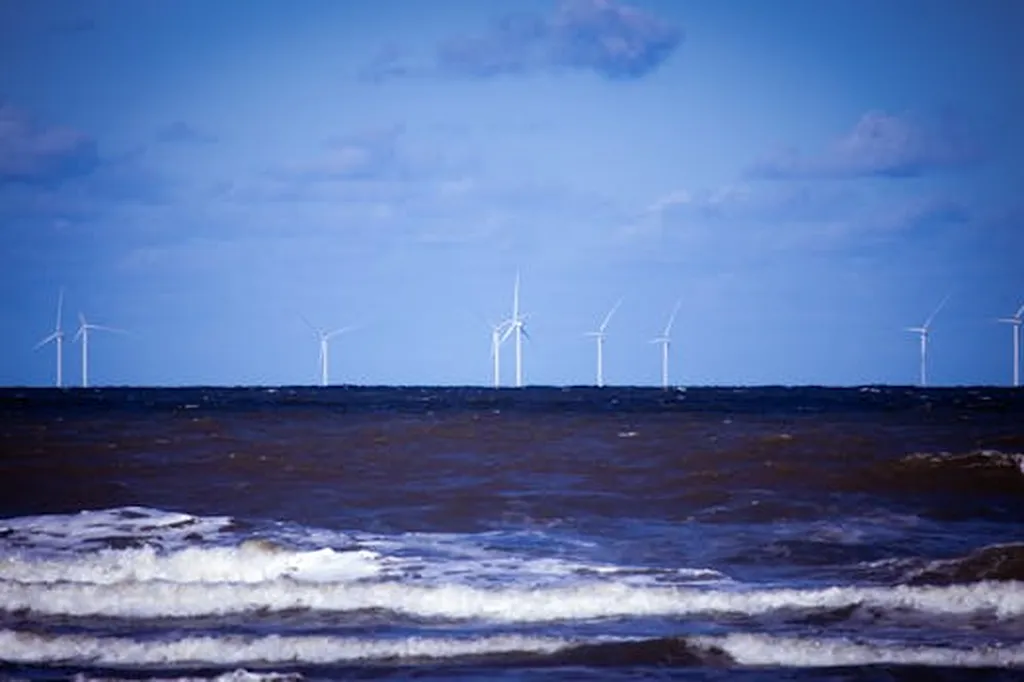The offshore wind project formerly known as Saare 1 has entered a new phase of development, rebranded as Avara by its consortium of developers: Oxan Energy, Ocean Connect Energy, and SNOW. Located 60 km off the west coast of Saaremaa Island, the 88km² project is poised to deliver up to 900MW of capacity, a significant boost for Estonia’s renewable energy ambitions.
The new name, derived from the Estonian word “avar” meaning open and vast, reflects the project’s innovative spirit. “Avara offshore wind farm has a huge potential to drive innovation forward and to become the first floating offshore wind farm in the Baltics,” said Nikon Vidjajev, development director of the Avara project. This potential is not just technological but also strategic, as the project could combine floating and bottom-fixed technologies in waters ranging from 35 to 85 metres deep.
Currently, Avara is in the permitting and environmental assessment phase, launched by Estonian authorities in June 2025. The developers are focusing on finalising the environmental impact programme, refining the technical design, and engaging with local and European stakeholders. This phase is crucial for the project’s success, as it will determine the project’s environmental footprint and its acceptance by the local community.
Beyond its technological ambitions, Avara aims to strengthen regional cooperation and reinforce the Baltic Sea’s role in Europe’s clean energy transition. The project’s success could serve as a catalyst for similar initiatives in the region, driving forward the development of floating offshore wind technology.
The Avara project is a significant step for Estonia’s energy sector, with the potential to supply almost half of the country’s electricity demand, or around 3.2TWh annually. Its development could also stimulate local economic growth, create jobs, and contribute to Estonia’s climate goals. However, the project’s success will depend on its ability to navigate the complex permitting and environmental assessment processes, as well as its engagement with stakeholders.
As the Avara project moves forward, it will be closely watched by industry experts and stakeholders. Its success could pave the way for similar projects in the Baltic Sea, contributing to Europe’s clean energy transition. However, challenges remain, and the project’s developers will need to demonstrate their commitment to environmental sustainability and stakeholder engagement to ensure its success.

